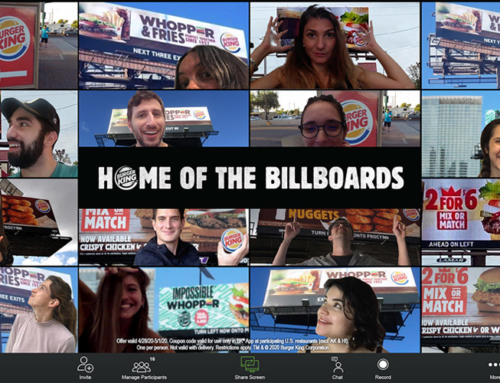It’s a digital world. We bank online … do our taxes online … find dates online … get our news (fake or not) online … best of all, you’re reading this article somehow “plugged in.”
The trees are happy … paper is dead, right?!?!
Not so fast, Max Headroom (a shout out to my 80s brethren). It’s not a completely digital world. According to neuroscience, as reported in a 2015 Forbes article, paper is still alive and well.
Using eye-tracking, high-res EEG brain wave measurement and questionnaires, the study suggests that paper direct mail is both easier to understand and more memorable than digital ads. Messaging gold for us marketers.
“When asked to cite the brand (company name) of an advertisement they had just seen, recall was 70% higher among participants who were exposed to a direct mail piece (75%) than a digital ad (44%).”
I’m no neuroscientist, though I did major in Psych for a while, when it comes to the brain, your senses matter. Where digital can affect both sight and sound, print can also include touch and … wait for it … smell.
Yep, smell. The highest scoring media format for overall effectiveness, in this study, was envelopes with scent!
When I read this, I smacked my forehead and wondered why I had never thought of it. Research has long showed that odor is more effective as a reminder of past experiences than even sight and sound. We’ve all experienced the whiff of something that transports us back to our youth. Heck, yet another example of how women are smarter than men … they’ve been spraying a dab of perfume on their love letters for centuries.
An article on Mercola.com explains why:
“One reason this might be has to do with the way your brain processes odors and memories. Smells get routed through your olfactory bulb, which the smell-analyzing region in your brain. It’s closely connected to your amygdala and hippocampus, brain regions that handle memory and emotion.”
So, paper marketing doesn’t stink (see what I did there?). If you want to boost brand recognition and overall understanding of your message, you’ll incorporate dead trees.
 Another print vs. digital study, done by Temple University (and sited in the same Forbes article from above), used fMRI brain scans and proved similar results. It found that print, more than digital, activated an area of the brain that is an indicator of desire and valuation – it is the area that shows the “highest correlation with advertising effectiveness.”
Another print vs. digital study, done by Temple University (and sited in the same Forbes article from above), used fMRI brain scans and proved similar results. It found that print, more than digital, activated an area of the brain that is an indicator of desire and valuation – it is the area that shows the “highest correlation with advertising effectiveness.”
Bangor University used fMRI and showed that the brain sees paper as more “real” and involves more emotional processing and internal feelings – emotion and feelings … all good stuff to us marketers.
While science is showing that paper can be more impactful and memorable than digital, paper will never beat digital for it’s:
- Ability to target based on past behavior and interests
- Engagement, with click responses direct to the web page of your choice
- Measurement, not just who read, but who clicked and … once to your page … what they clicked
- Ability to quickly retarget folks who show interest by going to your website
- Sheer cost per desired response
As with any marketing campaign, if you want to better assure success, you’ll use a wider variety of media. Use print to stimulate your targets senses, help communicate your message more clearly and to be memorable. And use digital to efficiently increase frequency with your best target and drive engagement. Together, paper and digital can be your Batman and Robin-style marketing dynamic duo.
Long live paper!
Love this Bank & Credit Union marketing blog?
Get the book! Click here to download “Aha Moments,” our
FREE ebook, chock-full of 80 short articles just like this.
In addition to being a strategic consultant for community banks and credit unions, MarketMatch also has nationally and internationally requested speakers. Contact us to bring our marketing ideas to your institution or next conference.
email me directly (click)
937-371-2461
Follow us on Twitter @MarketMatch






